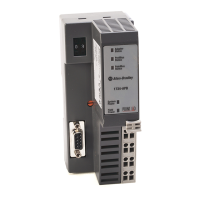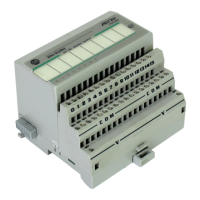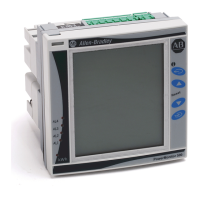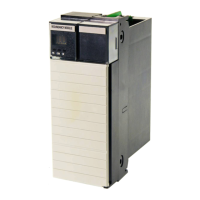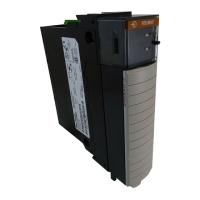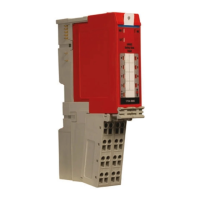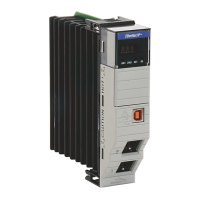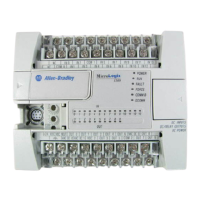Publication 1734-UM009A-EN-P - June 2002
Configuring Your RS-232 ASCII Module 2-27
Produce Immediate vs. Master/Slave Handshake Mode
Selecting the mode option defines when the 1734-232ASC module
sends new data to the DeviceNet Master (produces new data on
DeviceNet).
In Produce Immediate mode (default), there is no gating by the
1734-232ASC module of data sent from the 1734-232ASC module to
the DeviceNet Master. The module sends its most current serial port
data to the Master in response to each Poll command or explicit
message, or in response to a COS or Cyclic event. It is the Master’s
responsibility to be ready to accept and process new data strings as
they are received.
In Master/Slave Handshake mode, the 1734-232ASC module refrains
from updating the new ASCII data until the Master requests it. This
technique is useful when the Master needs to ensure that some
specific actions have taken place before receiving the new serial data.
When Master/Slave Handshake mode is active, two data fields in the
message headers are used to initiate and complete the transaction:
• The New Data Available Flag is set in the serial status byte of
the 1734-232ASC Poll response message.
This informs the Master that a new data string has been received
and the module is waiting for the OK from the Master to send it.
• The Next RX ID byte is updated by the Master to the
1734-232ASC module that it is now ready to receive the new
data string.
IMPORTANT
Master/Slave Handshake mode is only available if
the Transmit Immediate mode is also active.
Table 2.11 1734-232ASC Module Consume Assembly Message with Handshake Mode (Short_String)
Byte 1 Byte 2 Byte 3 Byte 4 Byte 5-X Byte X+1
(Max = 132)
Next RX ID Byte
(Handshake Mode
Only)
Transaction ID Byte Reserved Length ASCII Data
(max 128 bytes)
End of String
Delimiter or Last
Data Byte
Spare Allen-Bradley Parts
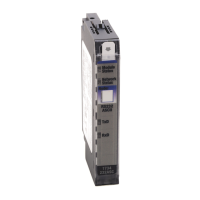
